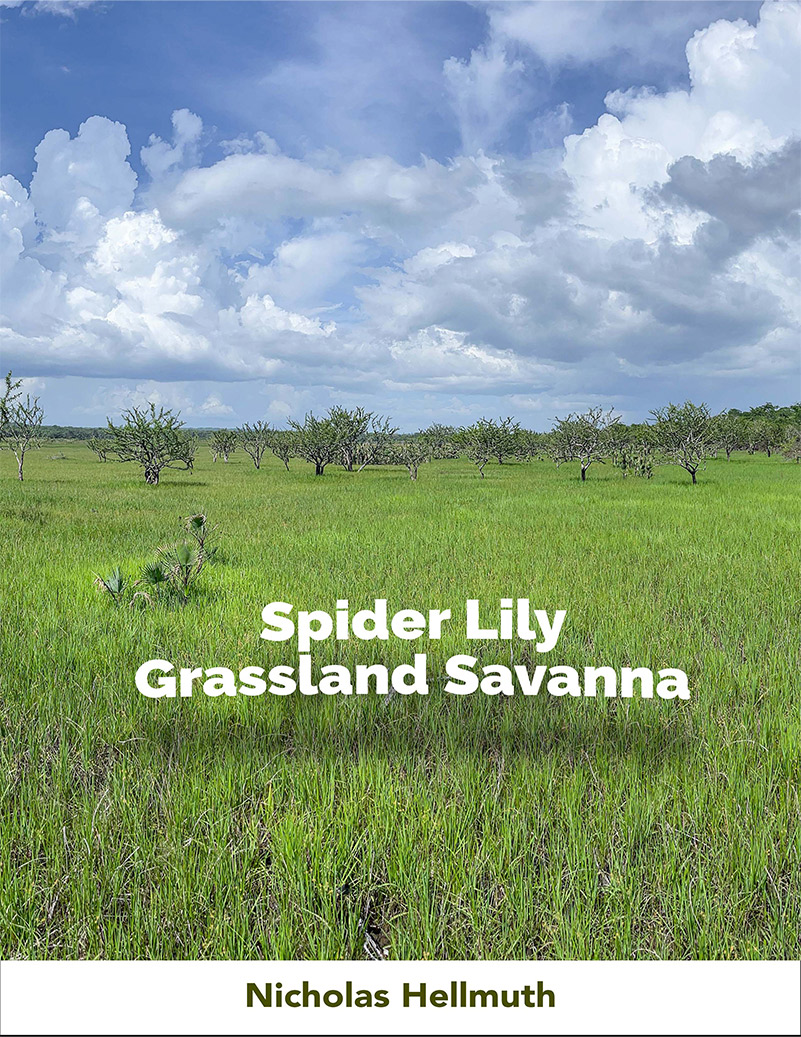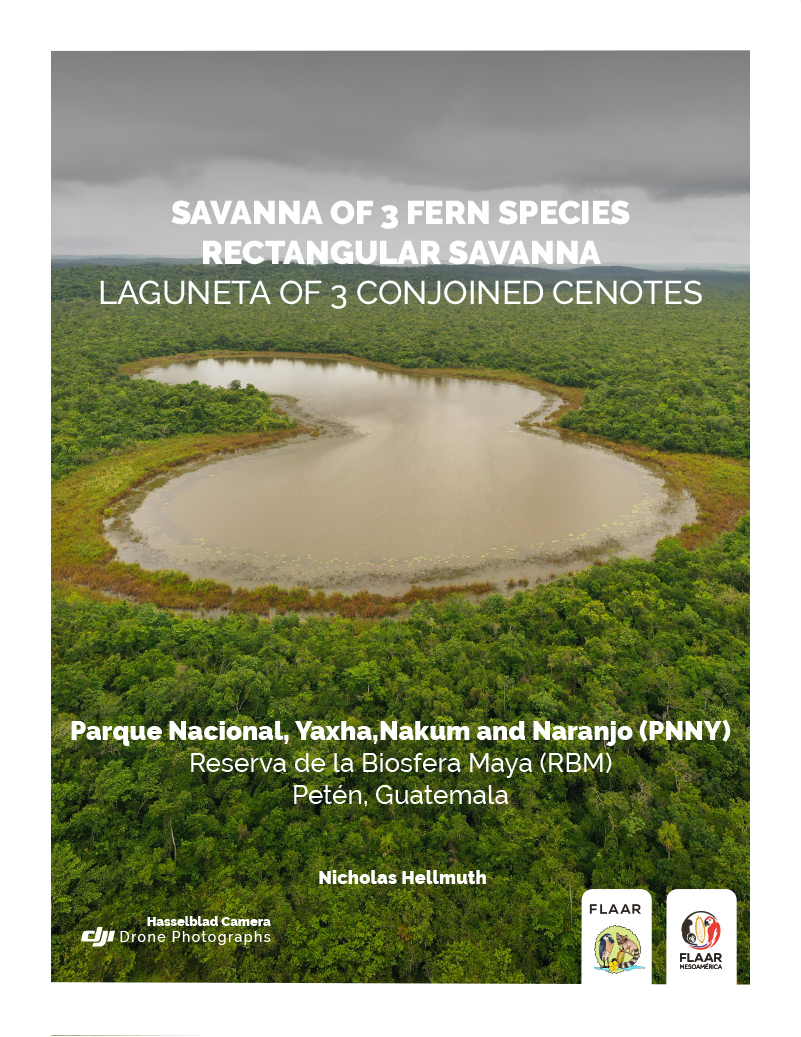After accomplishing research with the co-administrators and park rangers of Parque Nacional Yaxha, Nakum and Naranjo (PNYNN) from August 2018 through July 2019 we were asked to return for a larger project of cooperation and coordination with CONAP in this park plus adjacent parks and biotope nature reserves plus the overall Reserva de la Biosfera Maya.
So for the first year of this new flora, fauna, and ecosystem research project we are visiting different areas one by one to help us plan the subsequent years. We have done field trips to Cerro Cahui, Bio Itza, Biotopo San Miguel la Palotada and the southeast part of Parque Nacional Laguna del Tigre. We go with local people on each field trip since this is a project of cooperation and coordination and we visit with the administrators. There are several other national parks that we would like to assist when time and funding are available.
Today we would like to share with botanists, ecologists, and other interested professors, students and interested general public the initial results of first stage field work on seasonally inundated savannas. Bajo vegetation is already sell studied by multiple projects by Guatemalan archaeologists, ecologists and partners from universities in several other countries. Hillside and hilltop vegetation has been studied by Cyrus Lundell in the 1930’s, Dennis Puleston in the 1960’s, and lots of capable ecologists and archaeologists in recent decades. So we are focused on studying savannas, swamps, marshes, riversides, lakesides and other areas
This report has one of our user-friendly maps to show you where Biotopo Cero Cahui is located and thus how you can easily get here.
Posted October 15, 2021















































































